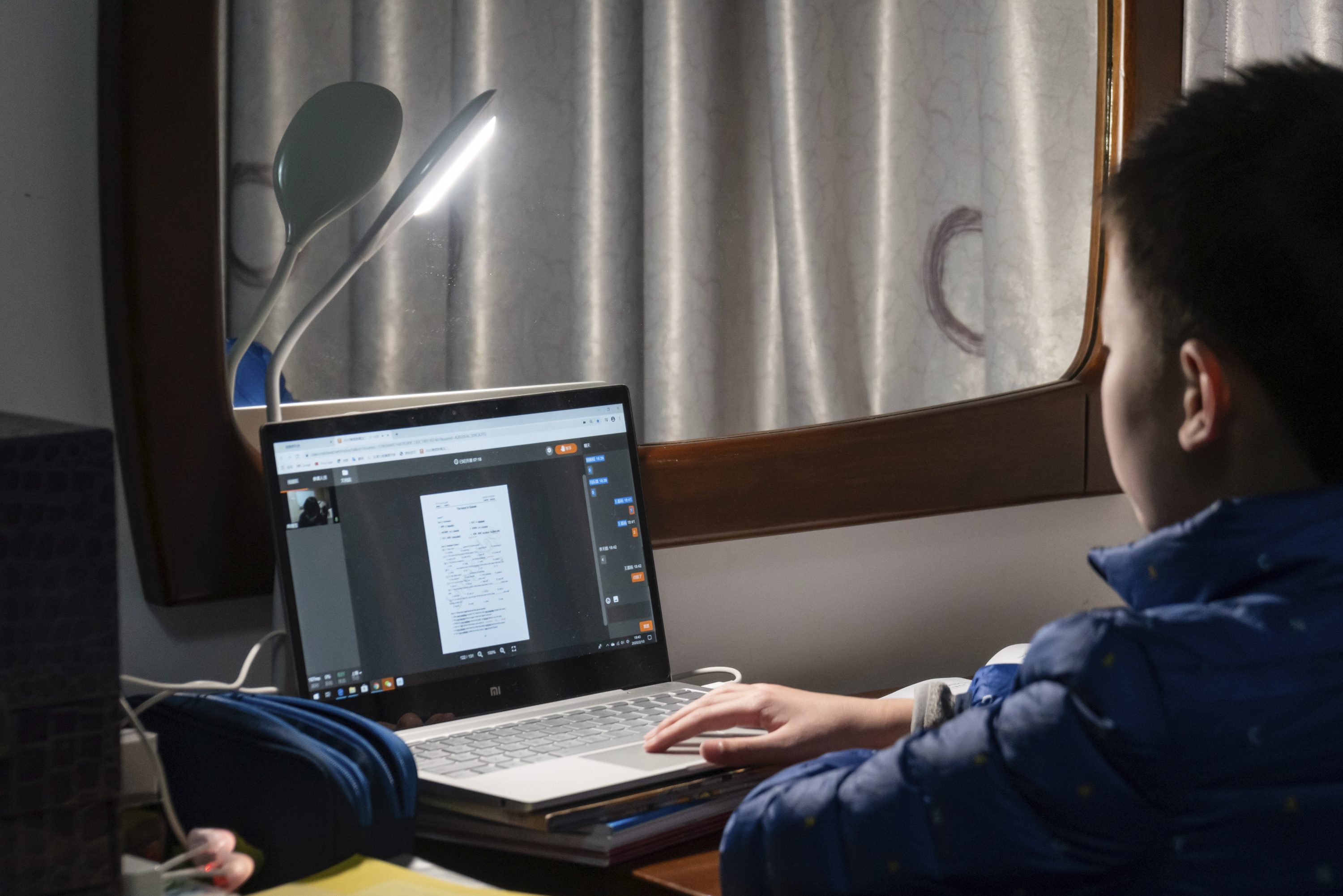China’s students will now study online because coronavirus has shut schools

The news: China has launched a national cloud learning platform and started broadcasting primary school classes to ensure the country’s 180 million students can still keep learning even though schools are closed, according to state-run news agency Xinhua. A new school semester, scheduled to start today, has been postponed indefinitely as part of measures to combat the coronavirus. China authorities have encouraged people to stay at home to help reduce its spread.
School on TV: The approach differs by age. Primary school classes are being broadcast on one of China’s state TV channels. Junior and senior high school students in China can use an online learning platform which has 169 lessons covering 12 subjects for the first week, based on the national curriculum. Teachers will keep updating the platform with new materials as needed.
Bandwidth: The government has enlisted the China's three biggest telecoms operators—China Mobile, China Unicom and China Telecom—plus tech companies like Huawei, Baidu and Alibaba to back up the platform with 90 terabytes of bandwidth and 7,000 servers, ensuring up to 50 million students can use it simultaneously, according to state broadcaster CCTV News. About 600,000 teachers have also been using a livestreaming service called Dingtalk, built by Alibaba, to conduct online classes, the company said (although it has apparently not gone down so well with many students.)
Read next: China has started a grand experiment in AI education. It could reshape how the world learns.
Deep Dive
Policy
Is there anything more fascinating than a hidden world?
Some hidden worlds--whether in space, deep in the ocean, or in the form of waves or microbes--remain stubbornly unseen. Here's how technology is being used to reveal them.
What Luddites can teach us about resisting an automated future
Opposing technology isn’t antithetical to progress.
A brief, weird history of brainwashing
L. Ron Hubbard, Operation Midnight Climax, and stochastic terrorism—the race for mind control changed America forever.
Africa’s push to regulate AI starts now
AI is expanding across the continent and new policies are taking shape. But poor digital infrastructure and regulatory bottlenecks could slow adoption.
Stay connected
Get the latest updates from
MIT Technology Review
Discover special offers, top stories, upcoming events, and more.